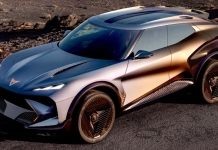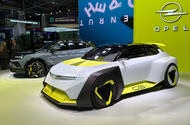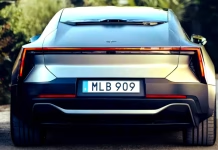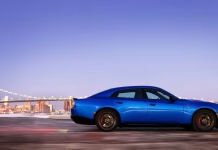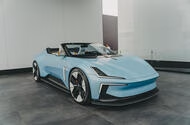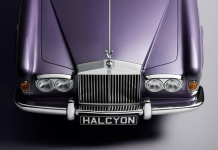Cupra Unveils Bold Tindaya Concept and Eco-Friendly Tribe Editions at Munich
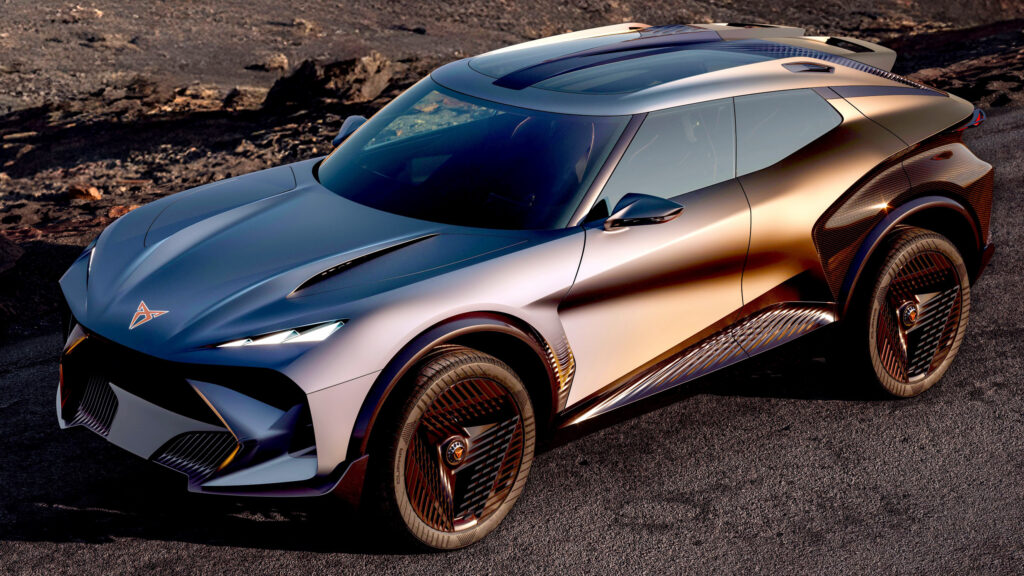
Vauxhall Unveils Sporty Future with Next Gen Corsa GSE Electric Hatchback
 New Corsa GSE Vision Gran Turismo hints at Vauxhall's repositioning as a sportier brand
New Corsa GSE Vision Gran Turismo hints at Vauxhall's repositioning as a sportier brand
Vauxhall will look to become a sportier brand within the Stellantis stable in its next generation of models, starting with the new Corsa.
Stellantis Europe boss Jean-Philippe Imparato said Munich’s Corsa GSE Vision Gran Turismo showed the initial thinking behind moving Stellantis’s brands into more “white space” and breaking out further away from one another, Vauxhall’s white space being sportiness.
Vauxhall CEO Florian Huettl told Autocar the concept was “a great illustration of what we are working on for the next step”: building “sportiness” while ensuring the brand still makes cars that are “approachable and affordable”.
A further expression of the brand’s push into sportiness was seen with the introduction of the new Mokka GSE at the Munich show, said Huettl.
Huettl confirmed development work had begun on the next-generation Corsa. A launch in 2027 is considered likely for the supermini, at a price that Huettl confirmed would be around €25,000.
The next Corsa will be based on Stellantis’s STLA Small platform rather than the cheaper Smart Car platform, as it's a more mature product in need of larger batteries. To that end, it will be offered as an electric car only.
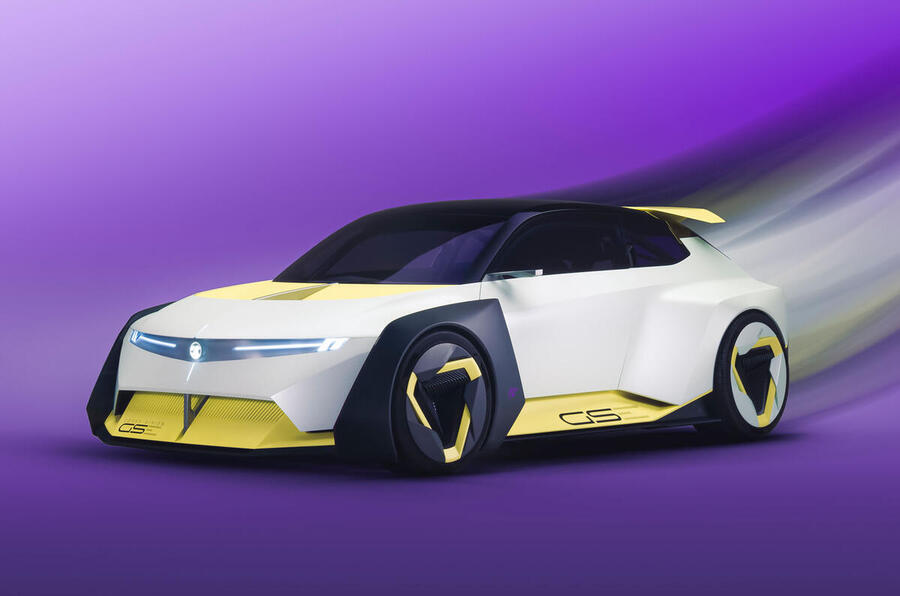
Huettl said it was no longer Vauxhall’s intention to only offer electric cars from 2028 as previously planned, however.
While the next Corsa will be offered only as an EV, the current ICE Corsa is likely to stay in production alongside it so that Vauxhall is able to cater for that market.
Building on the decision to remove the 2028 EV-only pledge, Huettl said it wasn't a case of Vauxhall pausing or rowing back on EV development but instead a flexible and pragmatic response to the market’s slower than expected shift to EVs.
“We cannot rush faster than the demand,” he said.
More broadly on the next Corsa, Huettl said there will be a new approach to the interior design to try to get a greater feeling of space and light in the cabin.
While there will be a focus on driving dynamics and roadholding with the new Corsa as part of the sporty push, that doesn't extend to the by-wire steering that sibling brand Peugeot is preparing for its related next-generation 208.
Huettl was non-committal about whether the sportier push would spur a rebirth of the Manta, which had been heavily tipped for a return in 2022 but has seemingly fallen off the plan since. “We see the request to bring back this, bring back that,” he said.
Commenting specifically on Vauxhall in the UK, Huettl said the brand “needs to do more than today” and he is looking for a “more significant market share”, more akin to that of the past, when Vauxhall rivalled Ford for top spot.
“We have a historic manufacturing footprint. We intend to be a national car manufacturer and we intend to take space also in the market share," Huettl said. "Vauxhall deserves a bigger space in the UK market, and we go after it.”
Polestar 5 Debuts as a Sleek Electric Grand Tourer With Supercar Power and Cutting-Edge...
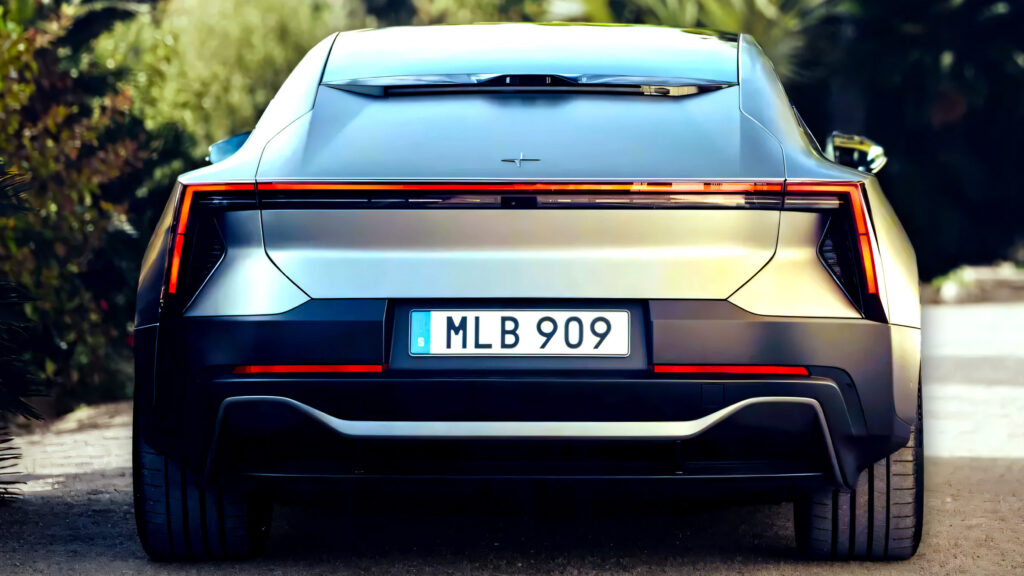
Stellantis Faces Early Challenges as Electric Vehicles Recalled for Safety Concerns

Polestar Shifts Gears to Focus on New Electric SUV and Next-Gen Liftback for European...

Polestar 6 shares its platform with the incoming 5 saloonLow-volume roadster deprioritised as brand works to launch crucial new crossover and replace popular liftback
The Polestar 6 has been put on the back burner as the brand prioritises higher-volume models like the Polestar 7 crossover and Polestar 2 replacement.
Polestar CEO Michael Lohscheller told Autocar at the Munich motor show that the next priority was to get into the compact SUV segment in Europe with the 7 (rendered below), which will give Polestar the biggest volume potential yet and make the brand more accessible in its pricing.
Polestar has also “put a lot of energy into the topic” of the next-generation 2, as the liftback has been the Swedish brand’s most successful model to date.
These two models are crucial in building volume for Polestar and supporting retailer growth, said Lohscheller, as part of the brand's switch to a more conventional retail model.
Lohscheller confirmed that Polestar still intends to make the 6 in the future, however, as a model that will use a new bespoke architecture shared with the 5 saloon revealed at Munich.
But for now the focus is very much on building volume in Europe – a market that is by far Polestar's most successful globally. More than 75% of Polestar cars are sold in Europe, and the UK is its biggest single market.

On his plans for the 7, Lohscheller said he hopes to attract younger customers to the brand with the smaller SUV and also more female customers as he accepts the brand "is quite a performance brand" at the moment and has "many, many more male" than female customers
He said the design would be "very different" to Polestar's current models and more of a familiar SUV shape "but at the same time, it will be distinguished and really stand out" in the way the 5 stands out against rival saloons.
"It will have all the Polestar DNA with the right driving characteristics, chassis tuning, and we will bring all these ideas together in a sustainable way," he said.
He wouldn't comment on recent suggestions that Geely sibling brand Lotus could look to use the architecture of the 5 and 6 or indeed manufacture Polestar models at Hethel.
Lohscheller also ruled out the possibility of Polestar models ever using hybrid drivetrains, as it would go against the brand's positioning to date and the customer base would "absolutely go bananas".
"We're an EV brand, and so that clarity is really important," he said.
Classic Rolls-Royce Corniche Reborn as a Bespoke Electric Masterpiece
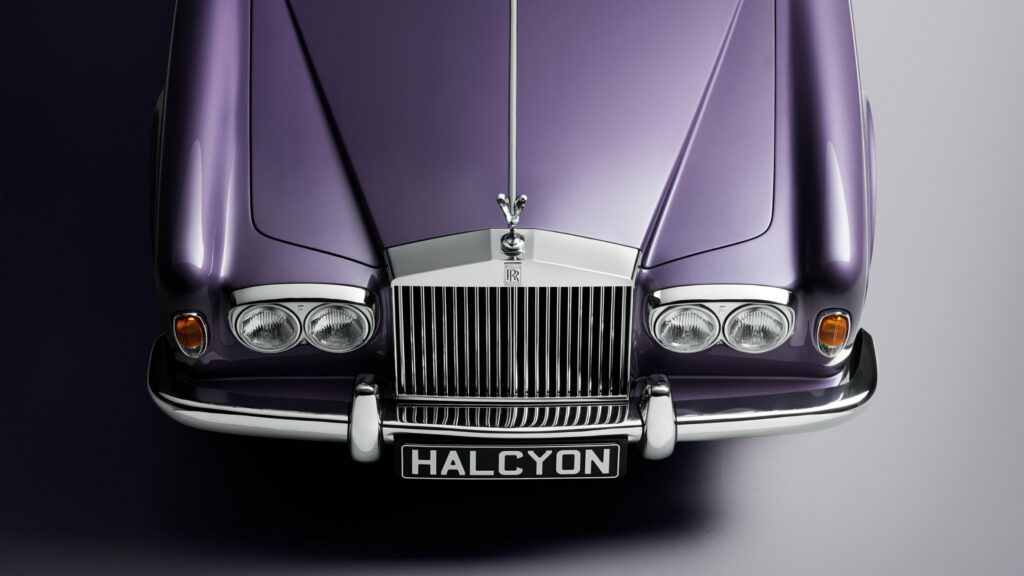
Czech Police Nab Elusive Race Car Driver After Six Years on the Run

Skoda Vision O Unveils Bold Electric Estate with Futuristic Design and Smart Tech
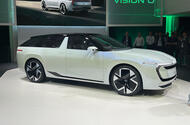 Next Octavia will introduce an all-new design language – and offer an estate body
Next Octavia will introduce an all-new design language – and offer an estate body
The radically styled Skoda Vision O concept previews the next-generation Octavia and the firm’s new design language – and shows Skoda is committed to the estate car in the electric era.
The new concept is described by the Czech firm as representing “the brand’s electrified future”, with a production vehicle confirmed to arrive in “the next decade”. While Skoda has only described it as sitting on a “future platform of the Volkswagen Group”, Autocar understands the concept will morph into the next-generation Octavia EV and will use the SSP platform that will also underpin the closely related Volkswagen ID Golf.
Measuring 4850mm long, the Vision O is notably longer than the current Octavia Estate (4698mm) but sits below the larger Superb (4902mm). The boot has more than 650 litres of space, compared with 640 litres for the Octavia. With the seats folded, that figure rises to more than 1700 litres.
The most striking aspect of the Vision O is the new exterior and interior design language, described as the next generation of Skoda’s ‘Modern Solid’ theme. That design change is seen in the new ‘Tech-loop face mask’ that houses all of the lighting elements, while an illuminated Skoda logo sits on the bonnet. There is also a new T-shaped LED light design at the rear.

There is a major focus on aerodynamics to maximise the range of the estate, including retractable door handles, integrated cooling vents on the bonnet and various louvres and sculpted side channels. Skoda has not given a drag coefficient or any other technical details, such as powertrain, battery size or performance figures.
Skoda says the Vision O was developed “from the inside out”, with a focus on customers’ needs. A 1.2m-wide ‘Horizon Display’ digital screen spans the entire dashboard just below the windscreen and offers new HMI functions for both driver and passenger. It is complemented by a large vertical touchscreen in the centre of the dashboard. There is a minimalist centre panel featuring a dial button that offers haptic feedback, while the steering wheel retains a number of physical controls.
The firm says the concept has been designed for advanced autonomous driving using an AI assistant, which is called Laura. When in AI mode the exterior lighting uses distinct colour patterns to signal to other road users. Skoda says the concept will be able to handle all driving tasks independently, except in the case of heavy rain and reduced visibility. Laura can also be used for other functions, including making revised route suggestions to match the mood of the passengers and even reading custom-generated stories.
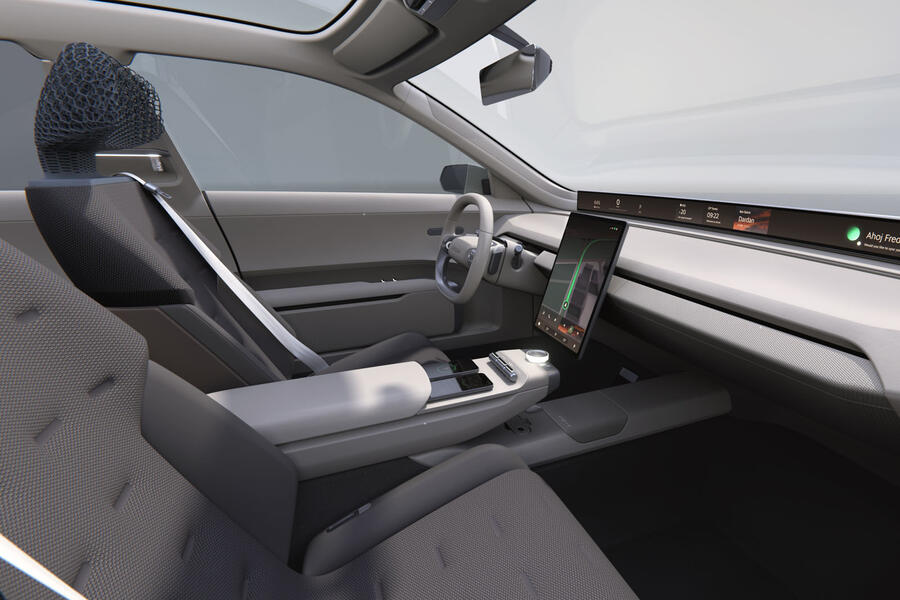
Skoda has also added some new ‘Simply Clever’ design features to the Vision O, including four dour-housed umbrellas, a dedicated storage space for the charging cable, a portable Bluetooth speaker and a fully integrated fridge.
The Vision O’s interior makes extensive use of recycled and sustainable materials, with the seat covers made from 100% recycled PES fl aking and the use of 65% plant-based Ultrasuede material elsewhere.
Hyundai N Series Evolves: Hybrid Power and Bigger Engines Redefine Performance Icons
Renault Megane Set for Bold Hot Hatch Makeover to Revive Flagging Sales
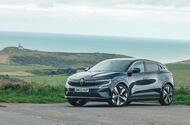 Refresh is part of effort to revive hatch after sales began to dive earlier this year
Refresh is part of effort to revive hatch after sales began to dive earlier this year
Renault will give the Megane a radical “hot hatch” facelift next year, in an effort to revive the EV’s stark downturn in sales.
The current Megane launched in 2022 as one of the first of Renault new-age electric cars.
While successful at first, after four years sales have dipped rapidly: down 67% (to 10,082) in the first half of 2025 compared to the year before.
This has coincided with the brand launching newer - and cheaper - EVs in the Renault 4 and 5 within the past year, which have racked up more than three times the hatch’s sale.
Now, Renault CEO Fabrice Cambolive has confirmed they want to reposition the Megane as a “hot car”.
Speaking at the launch of the new Clio at the Munich motor show, he said: “Megane E-Tech was our first, first, real EV car since the beginning of ‘Renaulution’. It was launched at a moment where the EV [uptake] was not so high.
“Now, what we are looking for is to have a hot hatch or a hot car. That's the direction we want to go in.”
While he was coy on any technical specifics, Cambolive said the car will get a larger battery – and this is likely to be the 91kWh pack used in the larger Scenic. In that car, it offers up to 379 miles of range, up 87 miles on the most efficient current Megane.
This need to refresh the hatch was backed by Renault Group design boss Laurens van den Acker, who admitted “we need to sell more of it”.
To do that, he added: “We need to do something. If you put a new battery in the car, which is very expensive, and you don't change the car, then it's really hard pressed to seduce people to pay more or anything for it.
“So we needed to do justify to change underneath the skin by showing something on the skin. And then we thought that what the world was missing was kind of a hot-looking EV.
“And so we thought we had nothing to lose, so we'll just push that.”
Autocar understands the facelift will involve a new grille, fresh daytime running lights and a lower and wider stance, although van den Acker would not be drawn into specifics.
The new Megane will arrive in the middle of next year, likely holding a premium over the current car’s £32,495 starting price.

